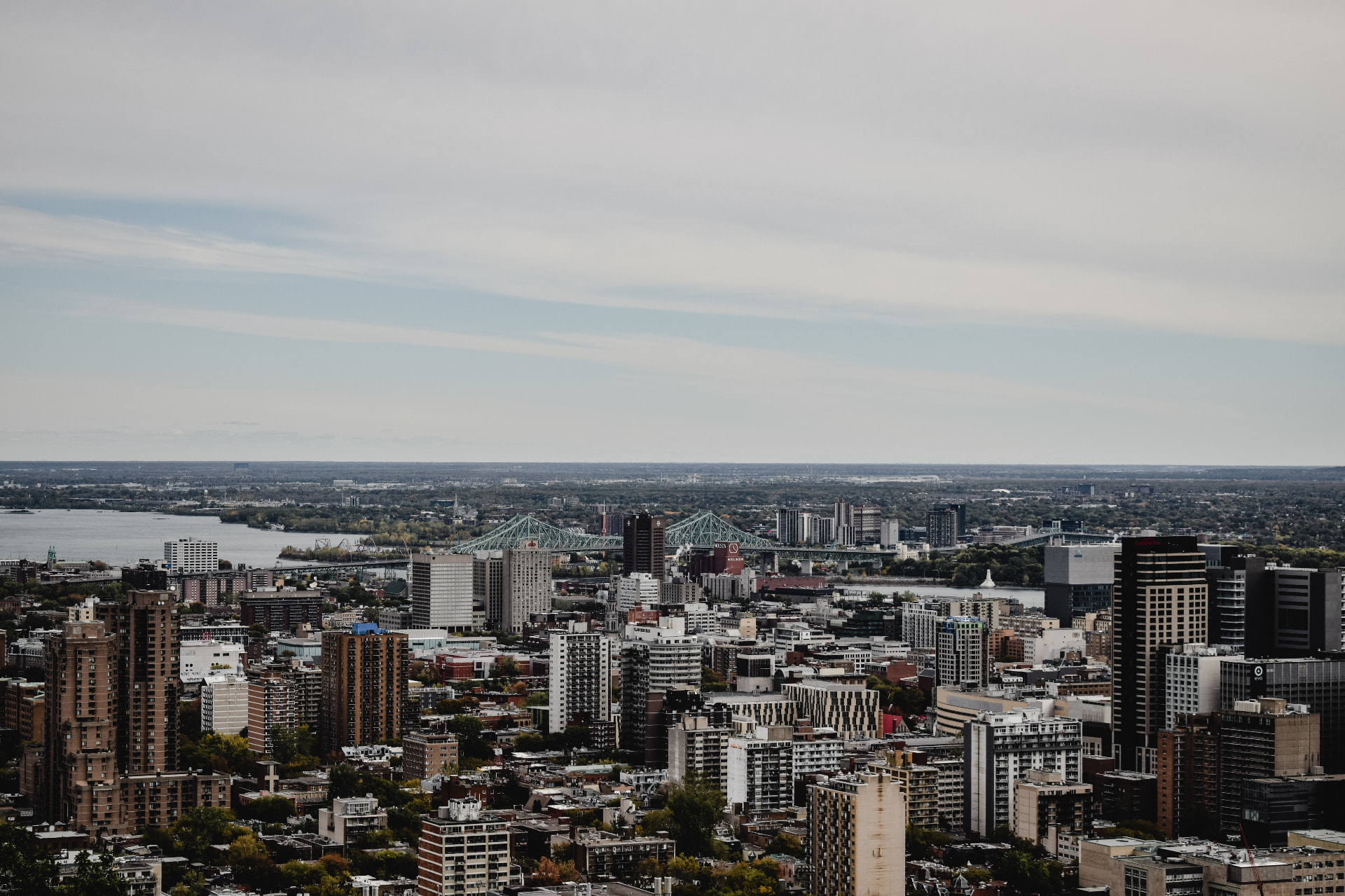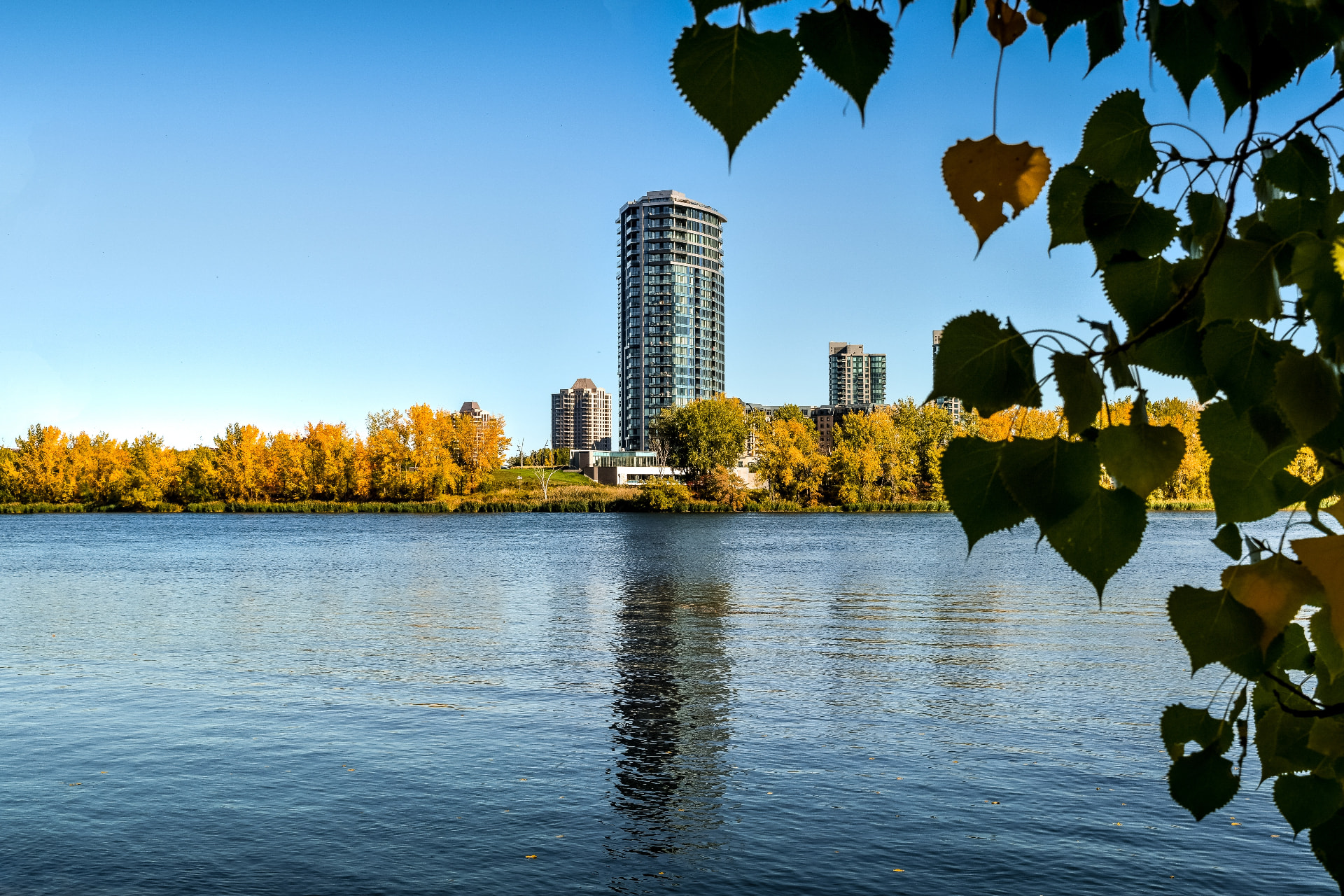Urban densification: a long-term solution
Urban densification is a phenomenon in urban planning that will become increasingly relevant in the coming years.
The online real estate platform, Vistoo, presents everything you need to know about urban densification and why it is so essential for the future of residents.
The differences between urban densification and urban sprawl

Urban densification and urban sprawl are two fairly similar concepts, which are intended to address the same issues.
Sprawl is the idea that we can expand urban areas in order to increase the number of homes and dwellings available.
On the other side, urban densification involves the addition of new housing to a pre-existing neighborhood.
While both methods share a common goal, they have very different consequences for the city and the environment around it.
A solution to the housing crisis
It is no secret that the province of Quebec is currently experiencing a housing crisis.
The shortage of available housing in the most sought-after regions, such as Montreal, has contributed to the recent explosion in purchase and rental prices.
The advantage of urban densification is that it increases the number of inhabitants that can coexist in the most popular neighbourhoods.
Urban sprawl also acts as a solution to the housing crisis, but it does not have the same benefits as building new housing that is close to the main points of interest
within a city.
Urban densification allows for changes in mobility patterns

The downtown district is often an important area of interest for a large part of the population. In fact, many residents must travel there to work or to access certain businesses or forms of entertainment.
In a city where the downtown core is much more popular than the rest of the area, urban sprawl adds a lot of cars to the road.
Indeed, people who live in the suburbs have no choice but to use their car to get downtown.
Urban densification, however, does not have this same effect.
First, the possibility of building more housing in the most popular neighbourhoods means that many people will find their workplace is just a short walk away.
Second, urban densification also allows for the expansion of already existing, well positioned neighbourhoods to promote efficient use of public transit systems, thereby reducing traffic.
In short, urban densification is the best solution for increasing the number of housing units while also avoiding an increase in the number of cars on the road.
Urban densification and ecology
Urban densification is the only option to significantly increase the number of dwellings and houses, while ensuring that Quebec society is eco-responsible.
Of course, the idea that this promotes reducing the number of cars on our roads is already a positive thing for the environment. However, this is not the only reason why densification is more environmentally friendly.
When building in existing neighborhoods, there are several options for increasing the number of units:
- Converting old buildings into housing units
- Enlarging existing apartment buildings
- Replacing parking spaces with new housing
- And many other ways to take advantage of existing urban space!
Thus, densification allows for an increase in the number of homes for sale in an urban area without destroying the green space that already exists.
This is the opposite of urban sprawl, which necessarily involves natural or agricultural spaces being replaced.
By improving already urbanized spaces, we can respond to the housing crisis without sacrificing more green space than necessary.
Densification does not necessarily create dull, dilapidated neighborhoods

One of the most common arguments against urban densification is the idea that it creates neighborhoods comprised of endless rows of apartment buildings and parking lots.
Yet this is not the case. It is easily possible for buildings and green spaces to coexist, even in denser neighborhoods.
As a matter of fact, when well executed and thought out, urban densification should include complements such as:
- Parks
- Green spaces
- Retail businesses
- Office spaces
- Entertainment venues, etc.
The idea that it is only composed of more and more housing is a misconception. It is entirely possible to live in a warm and welcoming neighbourhood, even in the downtown area.
In fact, the attractiveness of a neighbourhood is one of the things to consider when buying a home. To learn more, see our article on choosing a home that offers a good return on investment.
Densification is an inevitability and now is the time to think about it
With populations that only continue to grow, urban sprawl is certainly a solution, but this sprawl also produces several problems.
Eventually, we will run out of areas where cities can expand in an efficient manner. Suburbs cannot move too far from the city center at the risk of losing their appeal.
Moreover, the amount of available space could eventually be depleted. For example, it will simply be impossible to continue to expand the urban area on the island of Montreal once it is covered with roads and buildings.
Sprawl is not a long-term solution.
Faced with the inevitability of urban densification as a solution, it is essential to start designing neighborhoods now that will accommodate a large number of residents and that can also be densified later.
If you're looking for newly built homes in the heart of vibrant, environmentally responsible neighbourhoods, you'll find them on Vistoo, the platform for new housing across Canada.
Check out our interactive map, which allows you to search for properties directly in the neighbourhoods that appeal to you. Vistoo, the real estate experts you need.
About the author
Alexandra
Serafini
Alexandra is a recognized expert in residential real estate, with a strong academic background that includes studies at HEC Montréal, Harvard, and MIT. Specializing in real estate development, she has mastered the financial and strategic aspects of transactions.
Passionate about making real estate information accessible, Alexandra uses her expertise to help buyers better understand the market and make informed decisions.
